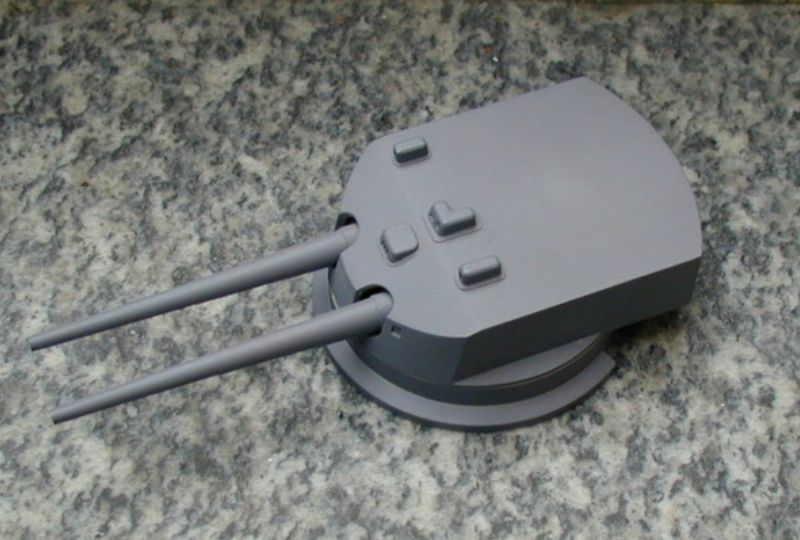Bombshell Genius

A double-mounted Kintan HVC
OUT OF CHARACTER INFORMATION
- Intent: To provide an adjustable yield heavy HVC.
- Image Source: SMS Navy
- Canon Link: N/A
- Permissions: N/A
- Primary Source: Findel heavy long-range hypervelocity cannon
- Manufacturer: Ringovinda Systems
- Affiliation: Open-Market
- Model: Kintan 305mm variable-yield heavy hypervelocity cannon
- Modularity: Can be mounted in various turrets in 1, 2 or 3 tubes per turret.
- Production: Mass-Produced
- Material: Standard hypervelocity cannon components
- Classification: Hypervelocity Cannon
- Size: Large
- Weight: Very Heavy
- Ammunition Type: Explosive shells, armor-penetrating shells, or incendiary shells
- Ammunition Capacity: Average
- Effective Range: Extreme
- Maximum stopping power mode:
- Rate of Fire: Average
- Stopping Power: Extreme
- Intermediate mode:
- Rate of Fire: High
- Stopping Power: Very High
- Maximum rate of fire mode:
- Rate of Fire: Very high
- Stopping Power: High
- Recoil: Extreme
- Muzzle velocity adjuster: can have 3 muzzle velocities for different purposes
- Long range
- High stopping power
- Heavy and bulky
- Limited ammunition: in prolonged engagements, ammunition can become an issue, especially if lower muzzle velocities were used
- Extreme recoil: even the lowest muzzle velocity would still have extreme recoil upon firing
The Kintan adjustable-yield HVC is smaller than its predecessors, both in caliber and mount size. In addition, it features a muzzle velocity adjuster that allows to adjust the current passing through the induction coils to get a higher muzzle velocity (at the expense of a lower firing rate) or a higher firing rate (at the expense of a lower kinetic energy and hence stopping power). That said, given the muzzle velocities involved, and the size of the projectiles, there was a limit on the firing rate that could be achieved by having a lower current flowing through the coils, as well as a limit on how low the stopping power can get: there is still a baseline stopping power residing in the shell itself. Other than that, it's still, at the end of the day, a heavy HVC, with the bulk and weight that it implies.
Note: Each tube is worth 25 turbolasers in starship construction







